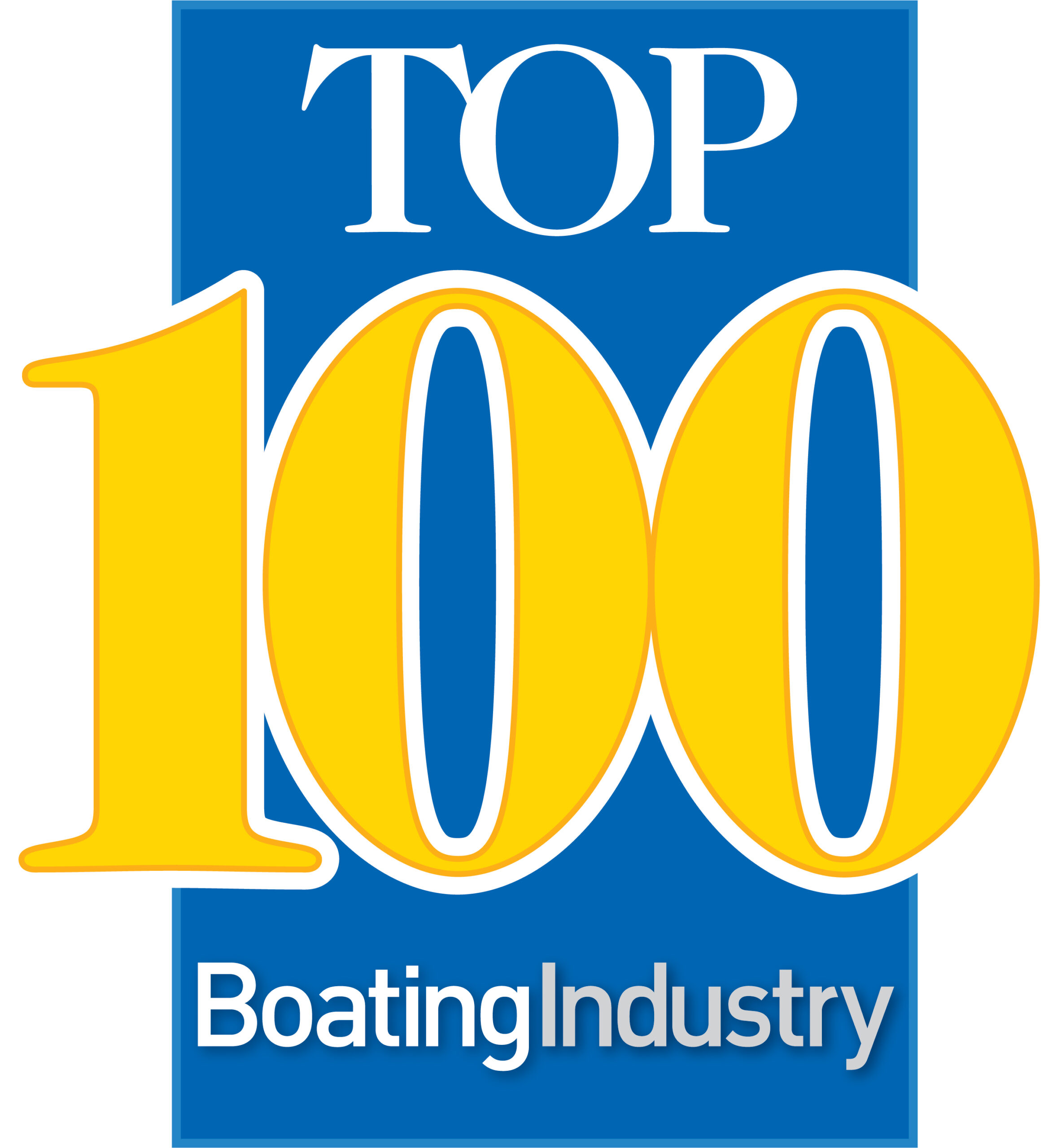Black belt attitude
 Last September, I became a black belt in martial arts, and lately I’ve been giving a lot of thought to how the philosophies we use in the dojo apply in the business world. I’ve found, for example, that I’m definitely not in the same shape I was when I first tied the black belt around my waist. Work and home have been busy, which has translated into less time in the dojo. When you’ve just spent three years building up to your black belt “final exam,” martial arts classes feel easy. These days … not so much. Regardless of the difficulty of these classes, as a black belt, I’m expected to act like a leader, to set an example for my peers and to face challenges and obstacles with a positive, fighting spirit. I can’t give up even when my arms are burning on our fifth set of push-ups. I can’t complain even when I’m wiped out after the first two rounds of sparring. And I certainly can’t let a tough day at the office impact the kind of training partner I am for my peers.
Last September, I became a black belt in martial arts, and lately I’ve been giving a lot of thought to how the philosophies we use in the dojo apply in the business world. I’ve found, for example, that I’m definitely not in the same shape I was when I first tied the black belt around my waist. Work and home have been busy, which has translated into less time in the dojo. When you’ve just spent three years building up to your black belt “final exam,” martial arts classes feel easy. These days … not so much. Regardless of the difficulty of these classes, as a black belt, I’m expected to act like a leader, to set an example for my peers and to face challenges and obstacles with a positive, fighting spirit. I can’t give up even when my arms are burning on our fifth set of push-ups. I can’t complain even when I’m wiped out after the first two rounds of sparring. And I certainly can’t let a tough day at the office impact the kind of training partner I am for my peers.
You might say that this year’s Top 100 Dealer applicants are in a similar position. Their businesses are probably not in the same shape they were a year or two ago, but they are challenged, when filling out this year’s Top 100 application, to demonstrate that they are serving as a leader, setting an example for their peers and facing challenges and obstacles with a positive, fighting spirit
If there’s one thing I’ve learned from martial arts, it’s the importance of breaking through boundaries, both mental and physical. Like most people, when I first entered the dojo, I had in my mind what a black belt should look and act like, just as the industry carries a certain perception of a Top 100 Dealer. We have a few black belts in our dojo that fit the stereotype. But most span a range of sizes, shapes, ages, colors and personalities. And they have a range of abilities in areas like strength, cardio fitness, flexibility, speed, teaching, performance and weaponry. As a black belt, I also had in my mind an idea of what I should look and act like, which I now need to adjust to fit the times. That doesn’t mean lowering my expectations, just changing them.
So it is with today’s leading marine dealers. Some have sparkling large and modern facilities that scream professionalism, but they may have room for improvement in service or marketing. Other dealers believe in an inside-out philosophy, concentrating on excellence in areas like employee training and motivation. Some Top 100 Dealers are sales volume leaders. Others lead in service or customer satisfaction. Regardless, they’ve all been impacted by the downturn. They all have needed to adjust their businesses. And they all have certain defining characteristics in common: the attitude they bring, the dedication they exhibit and their ability to deliver results, even if those results aren’t as grand as they used to be.
While some have suggested otherwise, the Top 100 Dealers Program has always focused on the qualitative factors that make dealerships successful. The quantitative information – the financials and other numbers that gauge performance – are important to the degree that they serve as evidence of the hard work, the dedication, and the ability to overcome obstacles that leading dealers use to achieve them. The achievements will certainly be different this year, but not the philosophies used to obtain them. In the end, what it means to be a Top 100 Dealer really hasn’t changed.




